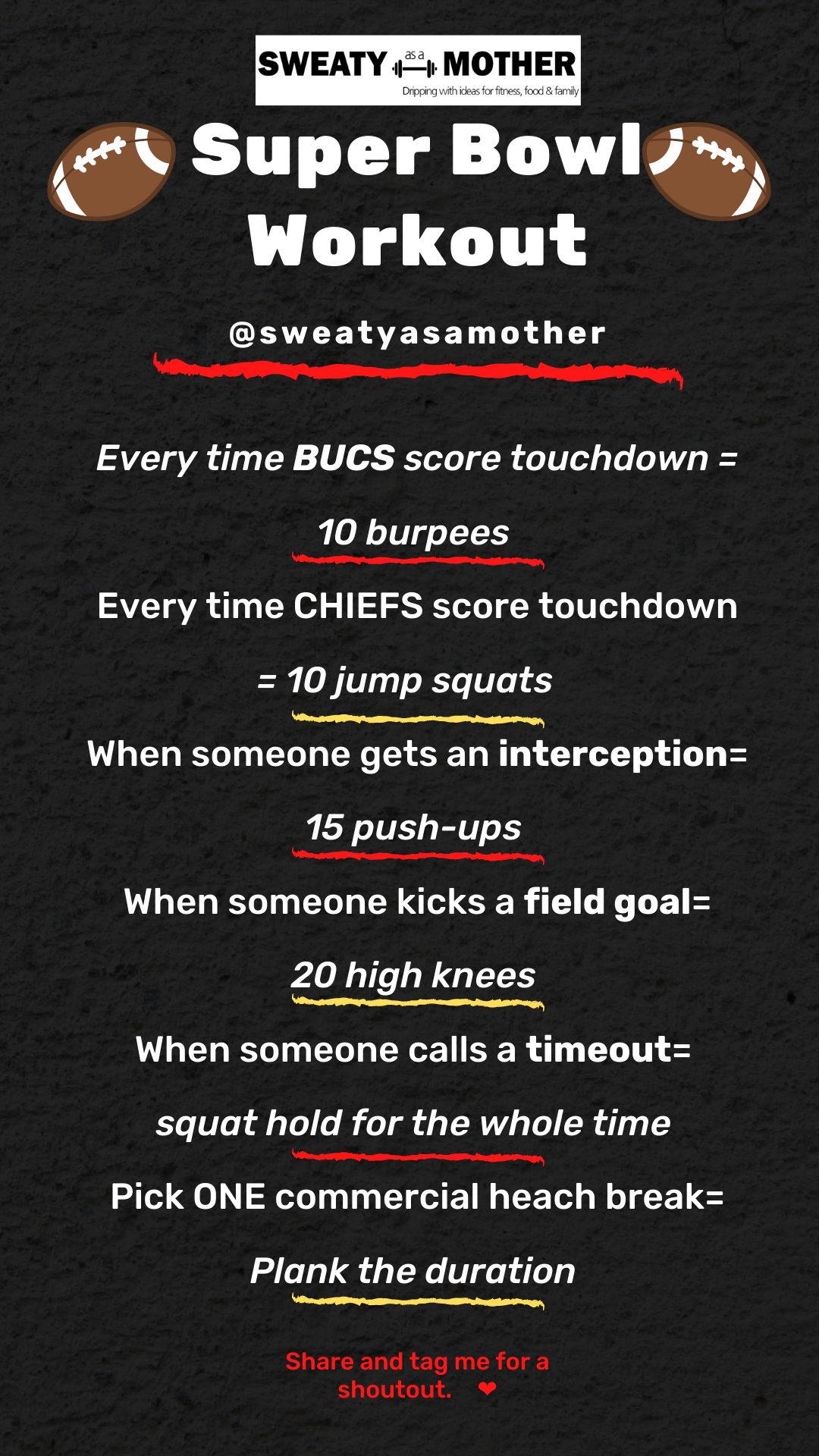Exercise in the First Trimester: What to Expect and Beyond
Just as everyone of us are different, so are each of our pregnancies. Both mentally and physically we all react different and even so from pregnancy to pregnancy! On top of that, the information about exercising when pregnant can vary from source to source and cause a lot of confusion for women trying to figure out how to exercise safely.
Most women may not know what workouts are safe to do doing pregnancy and that can cause a lot of stress and some may choose to just not exercise at all. Many doctors, trainers and specialists are not aware of the most up-to-date info on exercise during pregnancy and may deliver the wrong information or none at all. The best source of information comes from ACOG (The American College of Obstetricians and Gynecologists) and they post updates to their guidelines throughout the years.
The first trimester brings on a ton of things like sickness, fatigue, and emotions, causing some to fall out of their workout routines, or decide to not start one at all—it is a tough and emotional time! I am here to share my knowledge on exercise during pregnancy to hopefully clear up any questions you may have and get you started on the right track.
Common Fears & Feelings in 1st Trimester (0-12 weeks)
In a normal, healthy pregnancy, exercise in the first trimester is both safe and important. Even for women who were not working out before becoming pregnant, getting started in a fitness program is safe. According to ACOG guidelines, pregnant women can start or continue their exercise program unless a doctor has specifically told them otherwise. Below are some common fears and feeling during the first 12 weeks.
medicalnewstoday.com
Fears of miscarriage
fears of hurting the baby while working out
Anxiety regarding the health of your baby
Fear of life changing drastically
Doubts about your ability to be a good parent
Crazy mood swings (happy one minute, in tears the next)
Am I going to Enjoy being pregnant?
Scared about changes in your relationship with your partner
Reasons To Exercise During Pregnancy:
Research has shown that pregnant exercisers gain significantly less weight during their pregnancies than those who do not engage in exercise (Clapp, 2002). In one study, overall, the women who exercised, gained 7 less pounds and fat deposition was reduced by 3%. It has also been shown to mentally help women stay more positive and feeling confident. A win-win!
Women who start exercising in the first trimester, but stop in the second or third are actually shown to gain significantly more weight than those who do not exercise at all (Clapp, 1998). So it is important to stay consistent.
Other studies show that women who were more aerobically active during their pregnancies returned to their pre-pregnancy weight faster than those who were sedentary.
Research shows that exercise has proven benefits for not only the pregnant women but also their growing babies. The sooner a woman starts her exercise routine, the quicker she and baby will reap the benefits.
Exercise can alleviate many of the common ailments of the first trimester.(more on managing those below)
Main Focus in Your 1st Trimester Exercise
Building strength:
specifically abdominals, Pelvic Floor, and Low Back:
A strong pelvic floor can help you push the baby out during delivery. In addition, a strong pelvic floor muscles will heal faster and yield greater bladder control postpartum. Incontinence is a big problem for pregnant and postpartum women, but not normal! (from acefitness.com)
A strong core helps you carry the baby by supporting the lower back. Your core aids in bending, lifting, and promoting good posture during pregnancy, and will also help push the baby out during childbirth.
You want to work the lower back in two ways. First, you want to teach yourself to become aware of your low back muscles and how to articulate movement in your lower spine. This will help you with correct pregnancy posture and improved flexibility. Second, you want to focus strength training on the back muscles to help you balance the increase in your breast and belly size.
Lower Body Strengthening: Legs are also an important area to strengthen early on as they will be carrying an increased load as the pregnancy progresses. Functional movements such as squats and lunges, not only strengthen the large muscle groups in the lower body, but also serve to functionally prepare the body for the bending and lifting that motherhood requires. In addition, lower body strengthening can help alleviate conditions such as swelling and varicose veins that are common during pregnancy.
Injury prevention
Overstretching, as stated earlier, is another injury concern. Because of the increased relaxin in the body, as pregnant women we have the tendency to overstretch when performing flexibility exercises.
making sure to have good posture from day 1— keeping baby “up and in” and tucking tailbone so hips are inline and no arch in your lower back.
Managing Ailments
In the beginning, new symptoms can arise like gas, constipation, and the dreaded morning sickness (oh the joys). Research has shown that exercise can actually help alleviate these symptoms (Lewis, 2008).
Movement can manually massage the intestines, helping food move along the pathway more comfortably and release trapped air.
Exercise increases the heart rate, which can help circulate more blood up to the brain, and eliminate dizzy spells. Working out outside to get fresh air can often quell a queasy stomach.
Exercise generally helps improve the quality of sleep for everyone, pregnant or not, and a good night's sleep can help combat the fatigue that often accompanies the first trimester (amen!)
Deep breathing has been shown to improve mood. (which plays into my last point)
Studies have shown fewer symptoms of depression in women who participate in regular exercise. Exercise also results in a positive benefit to a pregnant woman’s mood comparable to other more harsh techniques (Polman, 2007).
Monitoring Your Exercise Intensity
Talk Test:
Currently, ACOG suggests that if a pregnant woman “ can carry on a conversation while exercising, she is likely not overexerting herself ” (ACOG, 2015).Rate of Perceived Exertion (RPE):
On a scale of 1-10, where 1 is sitting still, a casual walk is at a level 2-3, and 10 is all out exertion, it is recommended that you should find a comfortable intensity in the 3-5 range for most fitness endeavors (Mottola, 2006). If you do push over this, be sure to only stay there for a short period of time.
Exercise Frequency
ACOG recommends pregnant women have “150 minutes per week of moderate-intensity aerobic activity (ie, equivalent to brisk walking). For those who were doing intense workouts prior to getting pregnant, they recommend keeping your more intense workouts to three to four times per week.
Biggest Takeaways
My biggest piece of advice — When in doubt, listen to your body! you know yourself best and can for the most part, make the best call. If you still have questions, be sure to add them to the comments. I will be posting more pregnant friendly workouts and will continue to share the latest up to date guidelines and recommendations.
3rd pregnancy and making sure I give my body and baby exactly what they need

















